Christine and I have always wanted to see some of the more exceptional parts of the Earth, and last week we were privileged to be able to check off one of the places on our list: Alaska!
We set sail from Seattle, WA aboard the Carnival Spirit cruise ship – this ship is massive at 960 feet long and room for just over 2000 guests, there was plenty of elbow room and places to play. We left Seattle on June 26th around 4:30 or so in the afternoon. Predictably, it was raining.

We quickly met Dennis, the head waiter who would be in charge of bringing as much Chocolate Melting Cake as we could eat. While not the funniest waiter we’ve seen on a cruise, he was a riot at times.

Overnight we sailed up to the entrance of the Tracy Arm Fjord. This fjord lies southeast of Juneau, and has been carved over thousands of years by the massive glaciers that are still there. The water in the fjord is a beautiful turquoise color as a result of the sediment that is dropped in by all the glaciers and icebergs. We began to see some neat wildlife as we sailed up the fjord towards the Sawyer glacier. The captain would only go as far as Sawyer island, because some of the icebergs floating nearby were the size of a Wal-Mart. Wuss.
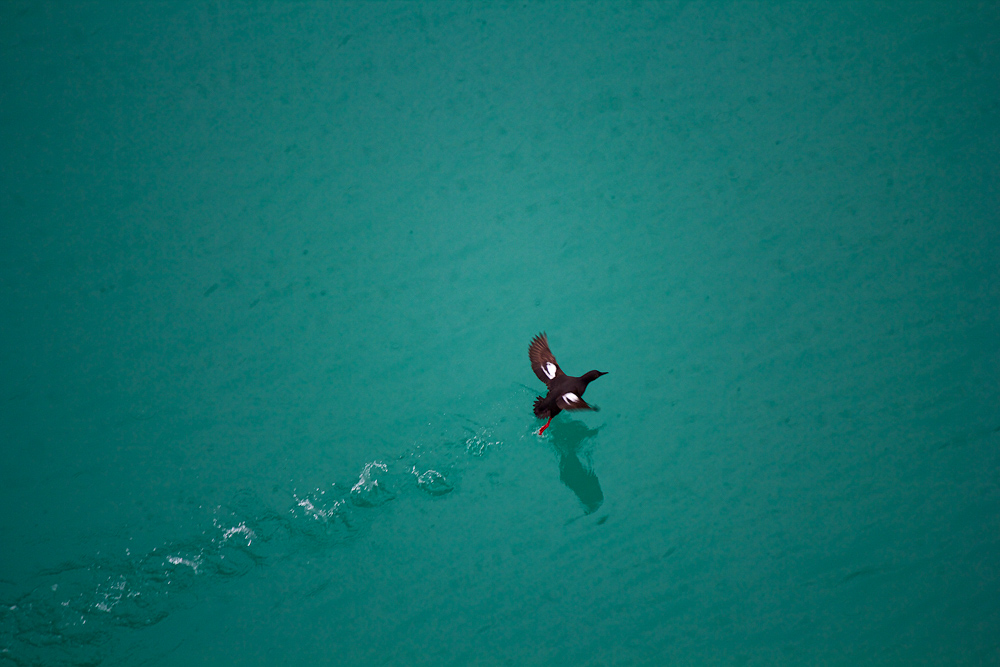

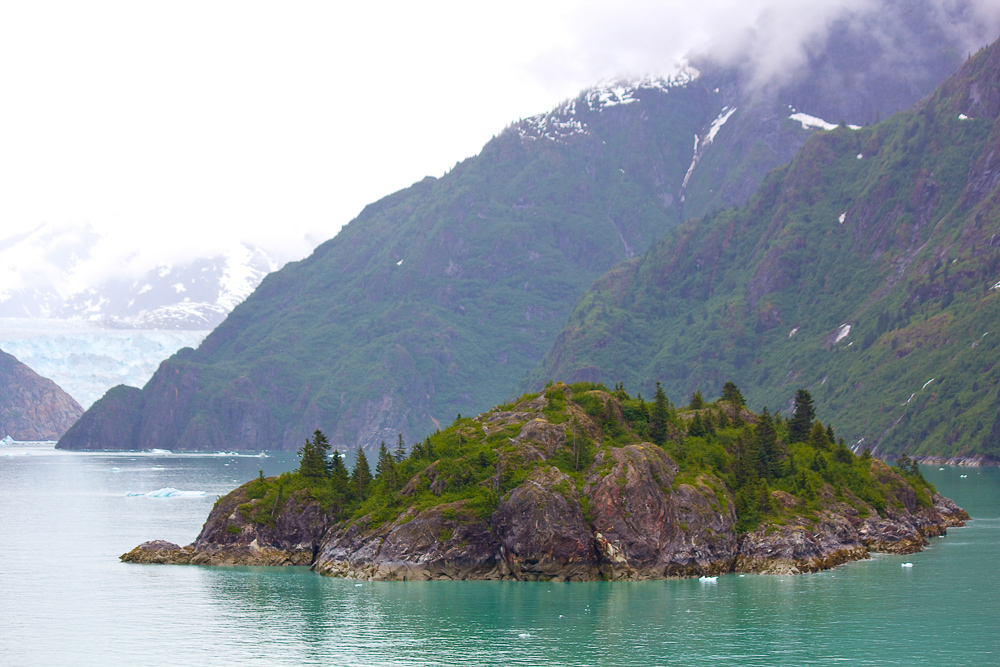
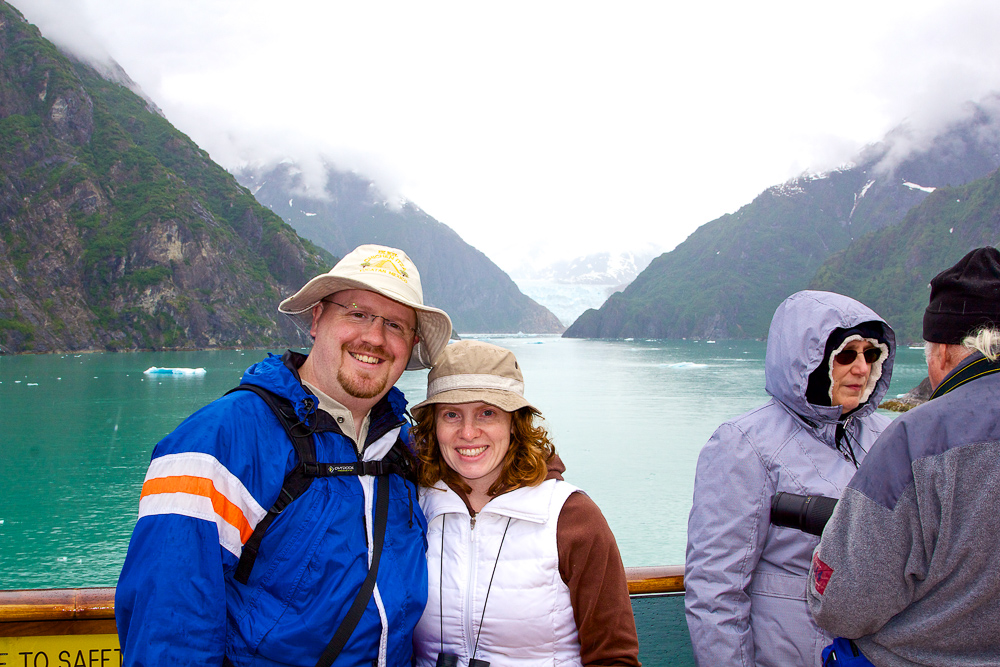
On the way back out of the fjord, we saw literally hundreds of waterfalls, and even spotted an immature bald eagle in flight. These birds are amazing to see up close, out of a zoo, living in their natural setting.
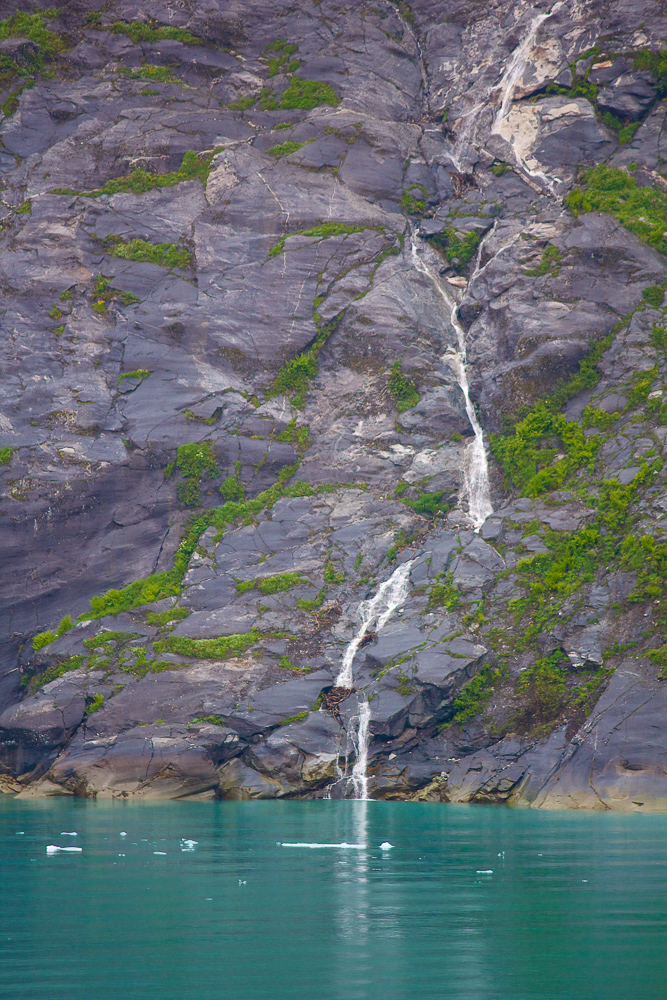
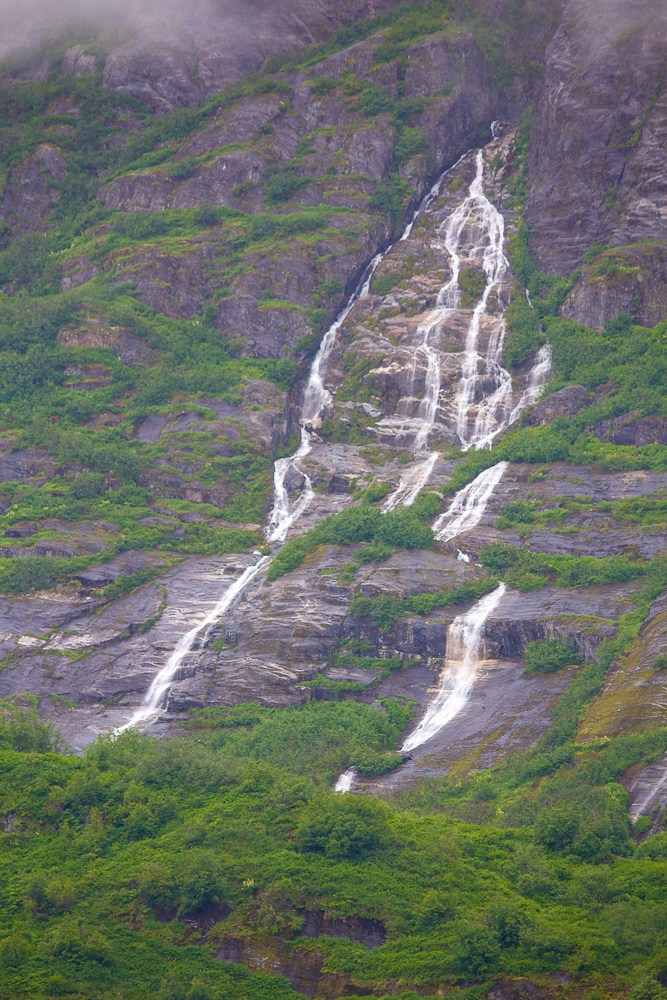
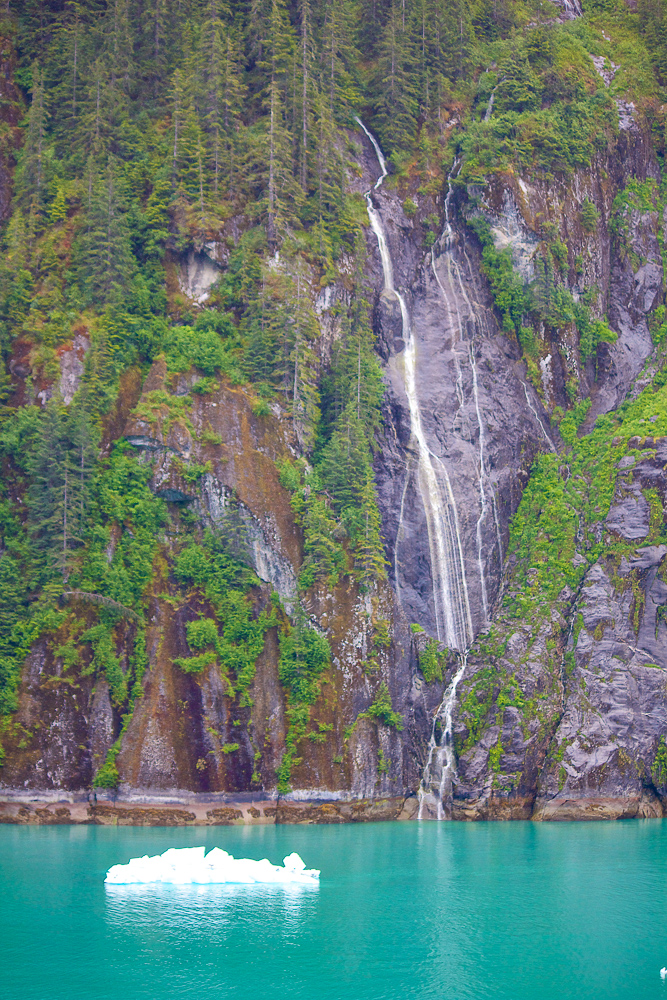
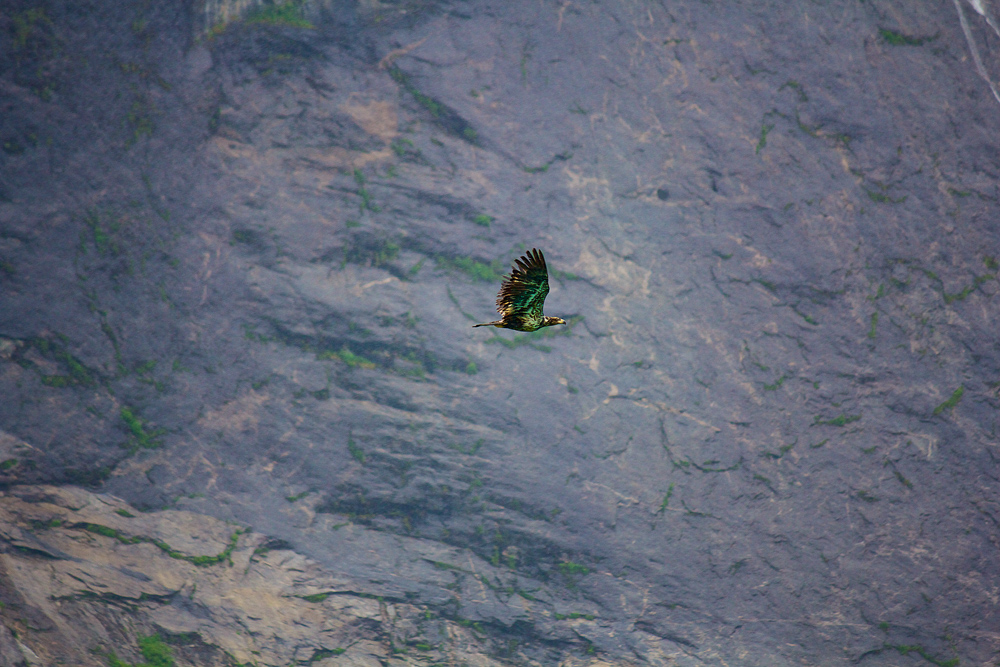

After we exited the fjord, we sailed overnight north to Skagway. Skagway is an old mining town that sprung into existence during the gold rush at the end of the 19th century. It was amazing to hear stories of the men who would come to Skagway seeking their fortune, only to endure horrible trials as they tried to hike over the pass into the gold fields with more than 1000 lbs of gear (yes, thousand). Since they could not carry it all at once, they would break it into loads of between 50 and 100 lbs, and take a load ahead about 5 miles, turn around and come back for another. In this way 1 man could move all 1000+ lbs of his belongings slowly over the pass to the lake where they would then build a boat to sail the rest of the way to the gold fields. Few men got rich with gold. More made their fortune selling supplies, services, and lodging to those headed north. It only took a few years before a railroad was put in that connected Skagway to the lake where boats would be waiting to ferry men to the gold fields instead of making them walk. A journey that used to take more than a year on foot could then be accomplished in only a few days.
Here is a picture of a railroad snowplow that was used for the first half of the 20th century:
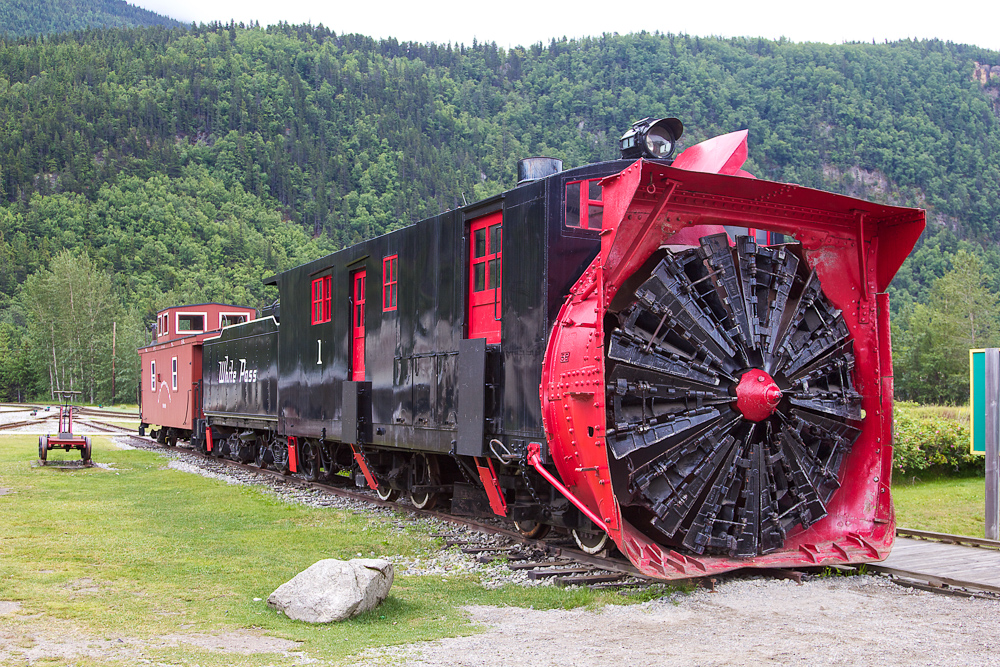
In the morning in Skagway, Christine and I opted to set off on foot to hike up the mountain to a place called Lower Dewey Lake. The guides at the visitor center assured us this was a very easy hike, but that begs the question: Have they ever done it? The first mile or so was straight up the side of the mountain, and while this provided some awesome sights of the town below, it was quite strenuous. Once over the top of the first peak, the rest of the hike was very pleasant, and Lower Dewey Lake is beautiful.
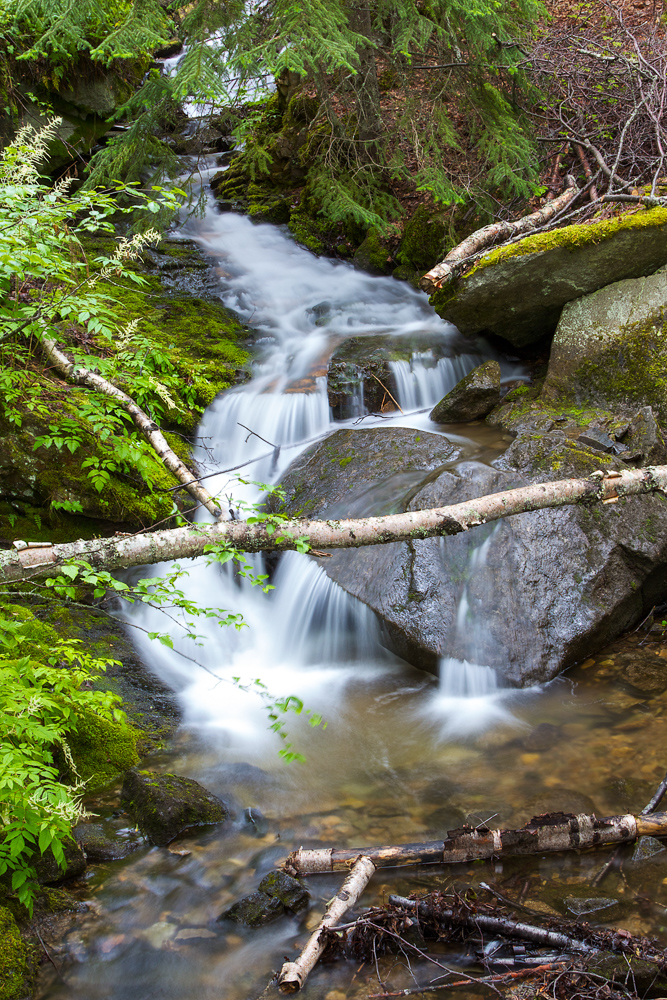
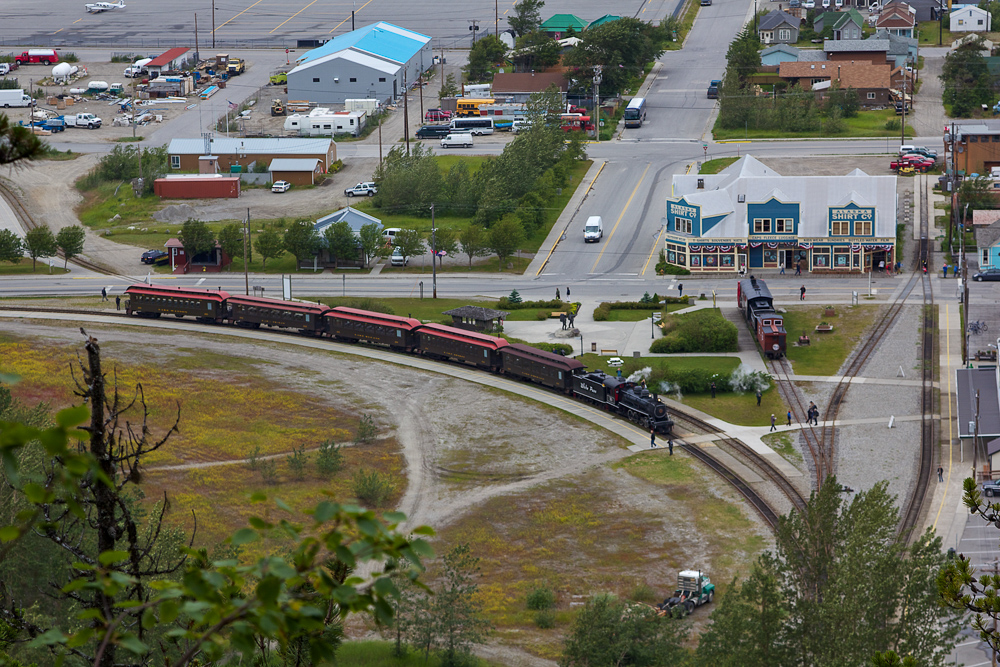

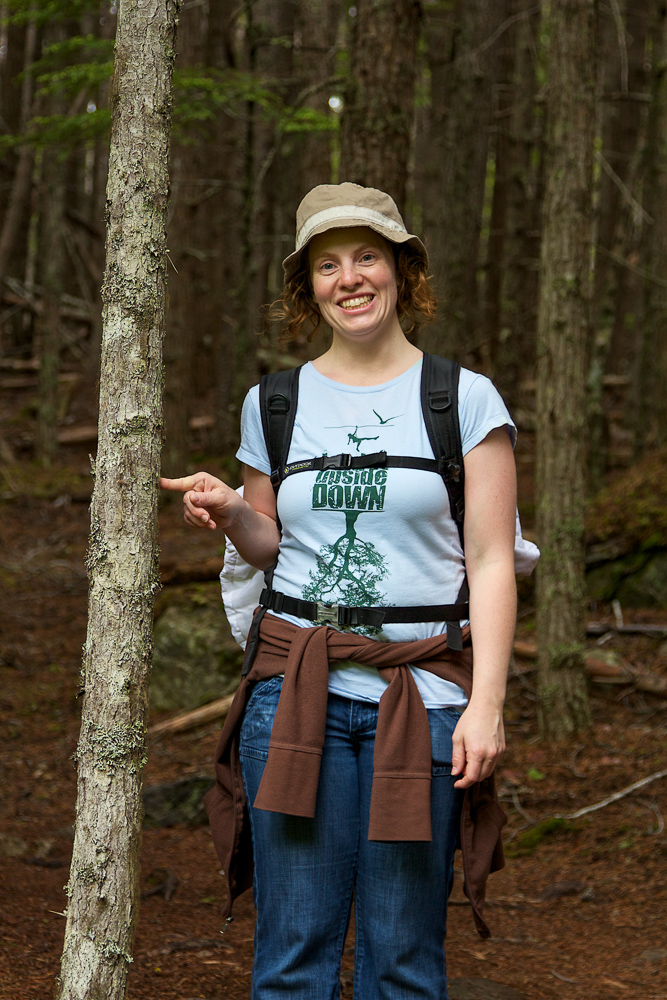
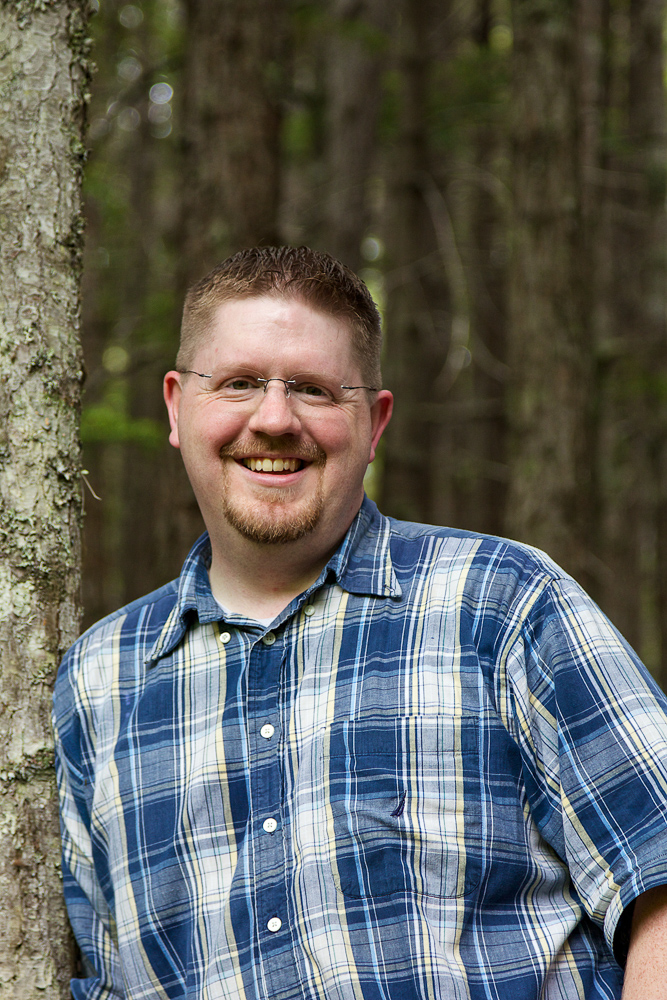
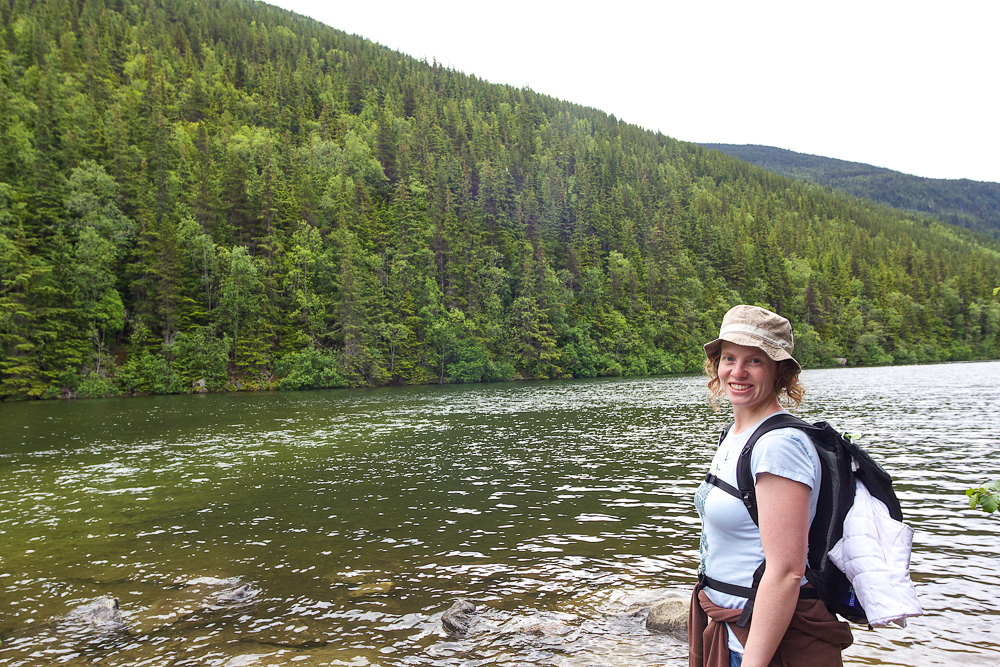
After our morning hike, we headed back through town to the ship to grab some lunch and get ready for our next adventure: Rock climbing! Christine had never been, and she was really looking forward to trying it. I’m not a huge rock climbing fan, but was looking forward to the rappelling portion after the climb. Turns out that Christine is a natural, and she did the most climbing out of our group – getting to the top on 3 separate climbs.
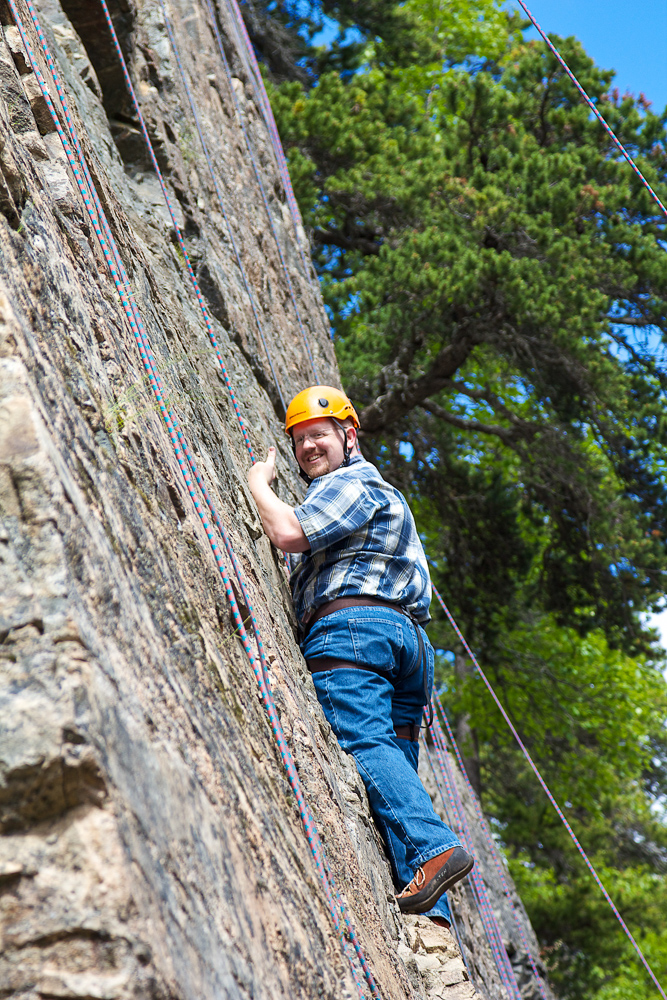

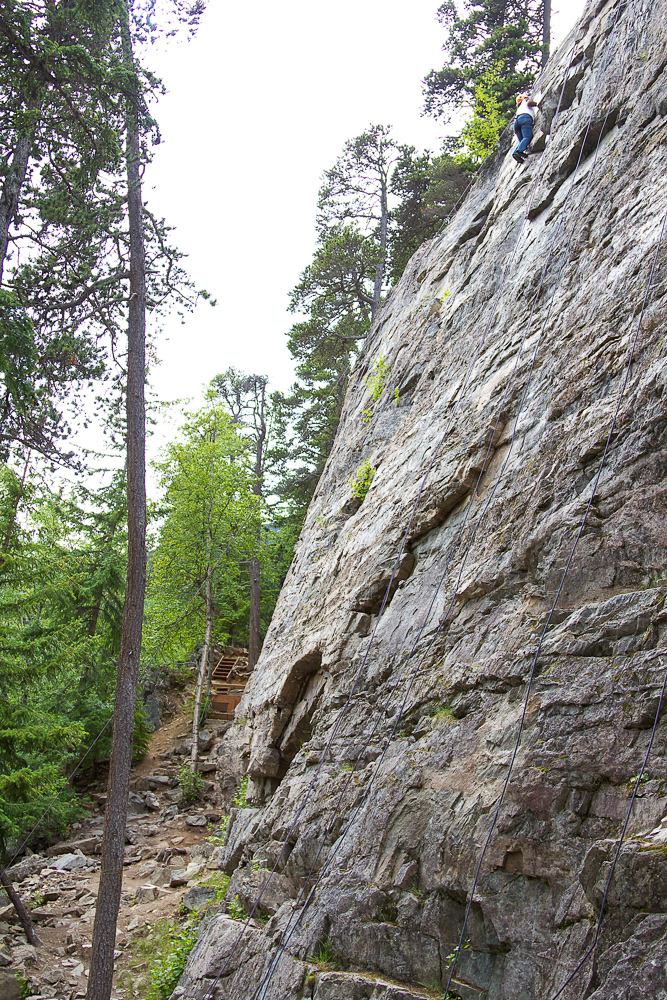
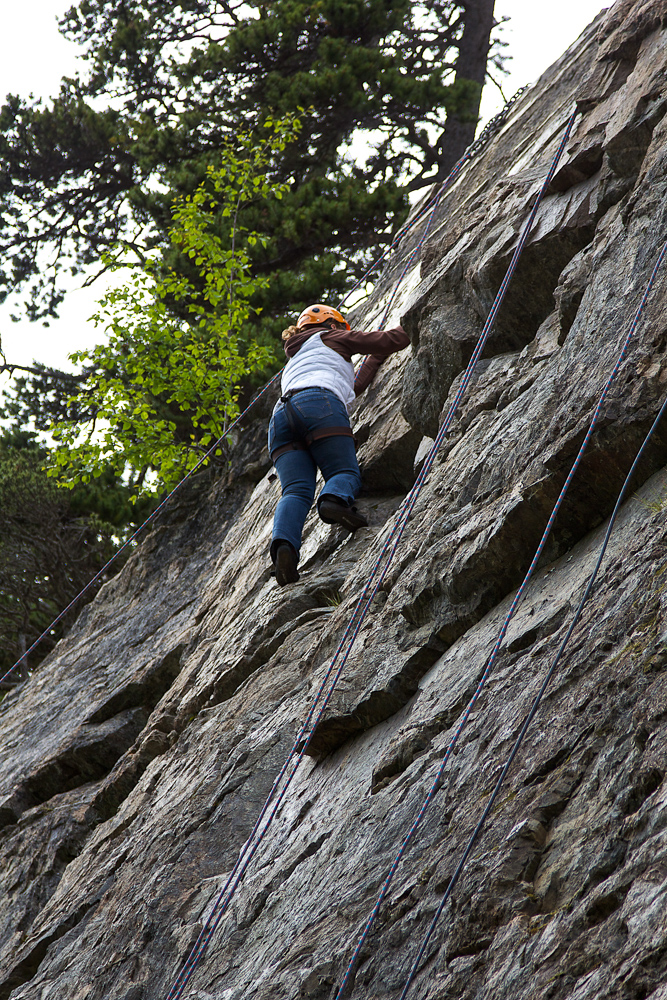
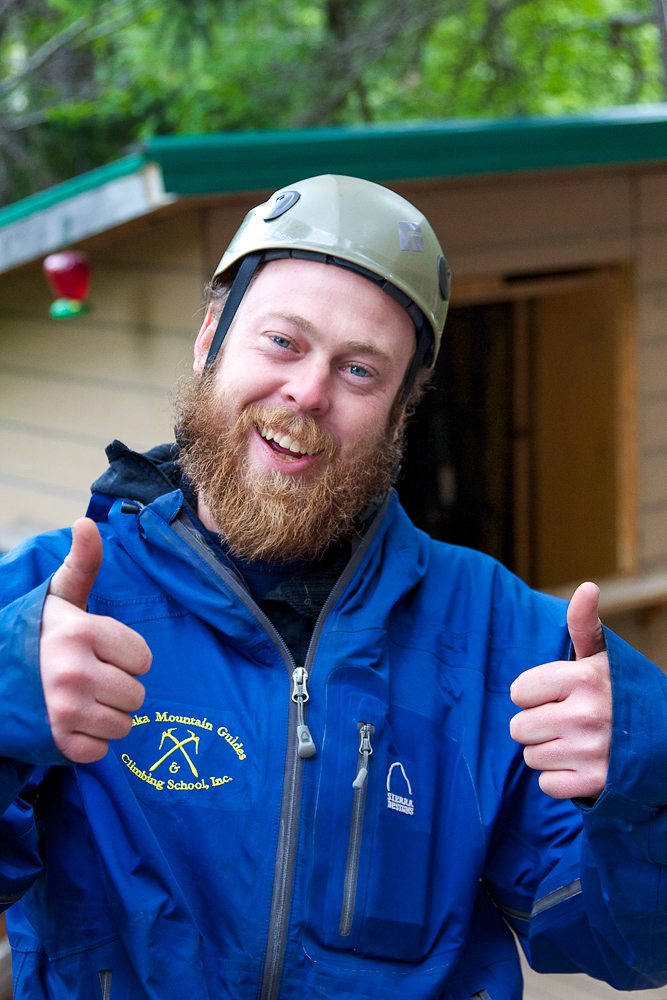
We browsed around in town for a while after our climbing adventure, then headed back to the boat exhausted and ready for a relaxing evening before hitting Juneau the next day.
In Juneau, we hopped off the boat into the pouring rain to go sea kayaking! After a short bus ride we arrived at a little beach where the tour folks had set up their base of operations. They provided an entire trailer full of wet-weather gear including the most durable rain slicker stuff I’ve ever worn. Here we are, all suited up and ready to head out onto the ocean with nothing but a small boat and our wits to save us (oh, and a guide named… I think Brian).


Unfortunately, since the weather was so wet, I didn’t want to risk ruining my camera, so I don’t have any shots from aboard the kayak. However, during this several mile long tour, we saw a bunch of eagles, jumping fish, etc. Also paddled right next to several larger fishing vessels, as well as lots of smaller craft of varying sizes and descriptions. The harbor in Juneau is very busy with lots of boats and float planes. I really regret not being able to keep my camera on this trip, as at one point we were about 20 feet away from a sand bar where 4 bald eagles had decided to get together for either lunch or a jam session – we couldn’t tell. They sure were noisy, though.
After the kayak ride, our guides gave us stinky cheese, sopping crackers and boiling hot cider to drink. After I let mine sit out in the rain a little, the cider cooled enough to touch my tongue without causing massive blisters – but it was then watered down by the rain. Still tasty. A short bus ride deposited us back in downtown Juneau, where we finally found a bear for Christine:
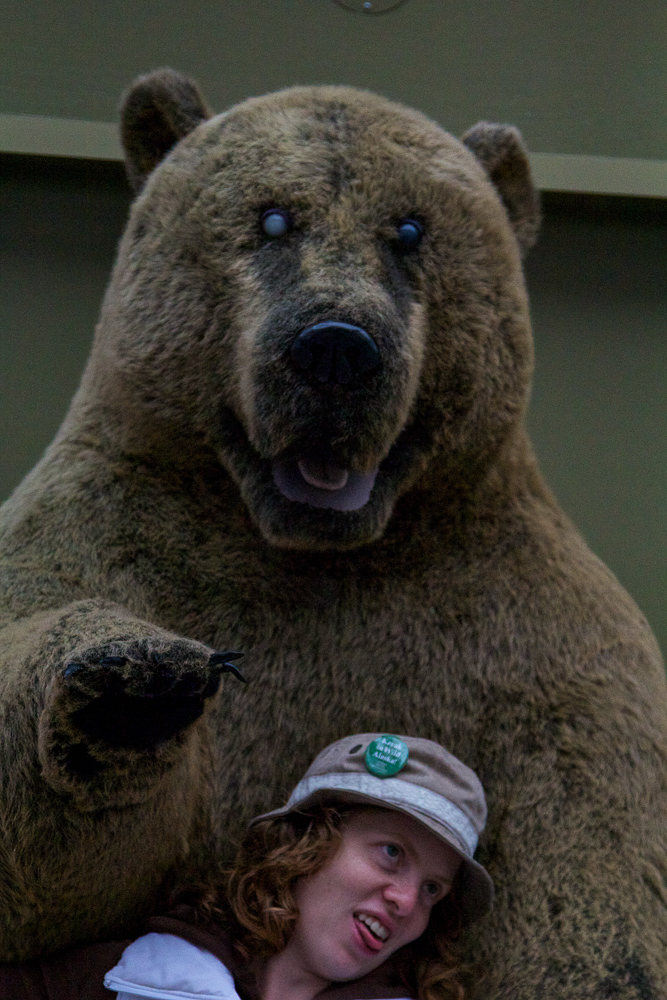
I’m always amazed by the crazy stuff we find when walking in an unfamiliar city. I’ll bet my kids would have no idea how to use one of these things. I mean really, a phone that has a cord on it and COSTS MONEY? WHAT?
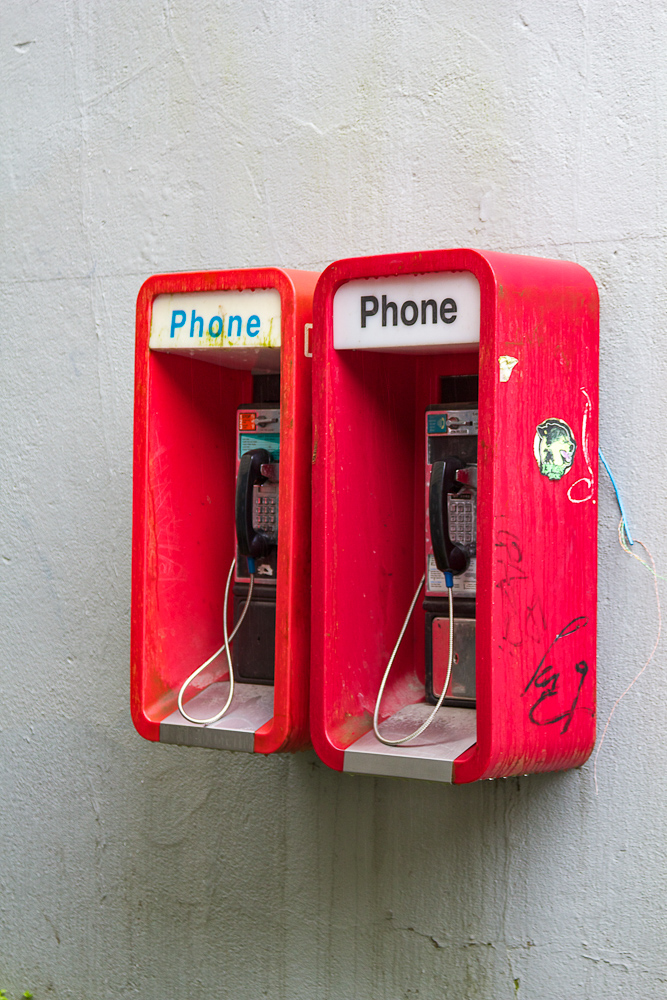
We tried to get directions, but since Juneau is only accessible via boat or plane, the first step is always to head to the water or the airport.
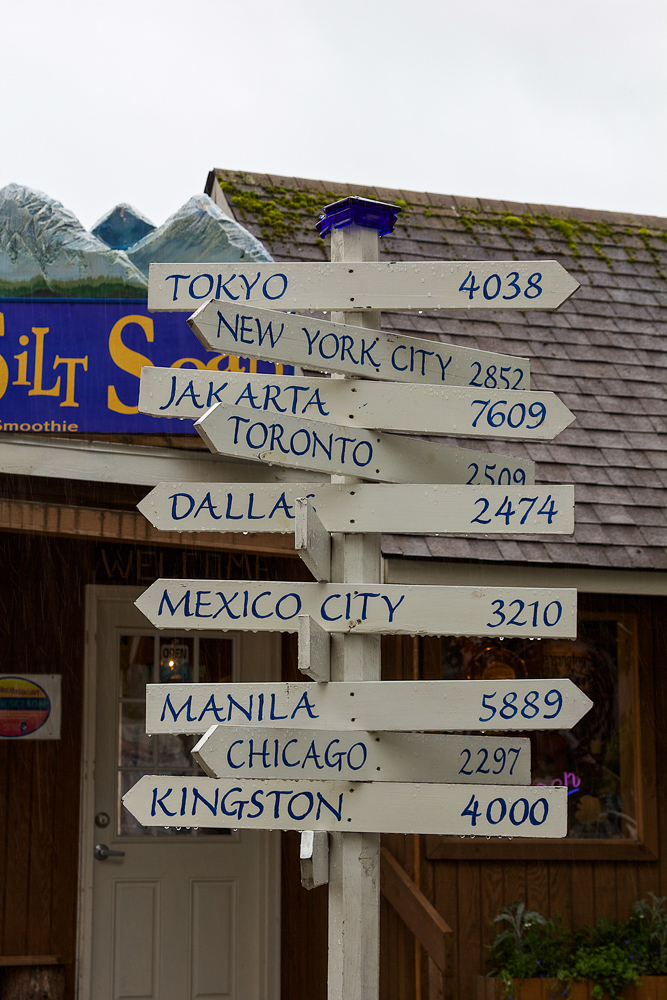
After some unfortunate run-ins with the local wardrobe, we walked past the tram that Juneau touts as one of the most famous tourist attractions in the world. Too bad the weather was so terrible that the folks I talked to said going up in the tram was a great way to see the inside of a cloud.


We headed back to the boat for the overnight cruise to Ketchikan, and I began to notice that many of the other people on the ship appeared to be losing steam.
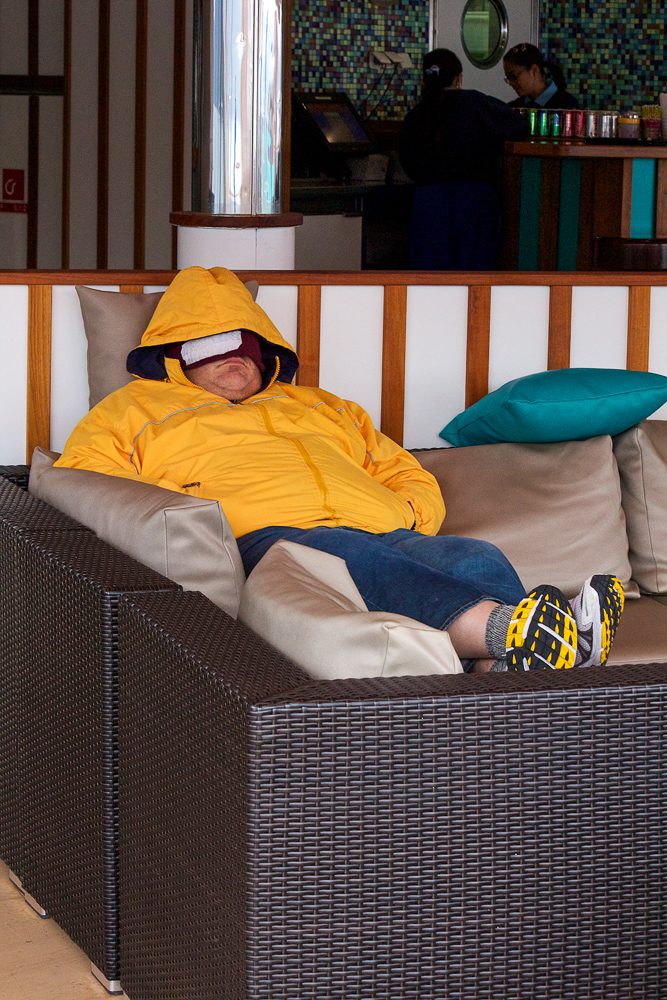
I spent a bunch of time out on the deck looking for wildlife, and was rewarded when we passed several pods of humpback whales just outside of Juneau later that afternoon. The naturalist on board said that you can identify a single whale by the pattern on the underside of its tail as it dives, and that each tail is as unique as a fingerprint. Additionally, she mentioned that several organizations have cataloged and indexed tail patterns, and that if we managed to get any good shots, we should send them in for identification. I got 2 usable ones, which I’ve sent off for more information. Hopefully this is a whale already in the index, so I can learn where else it has been spotted.

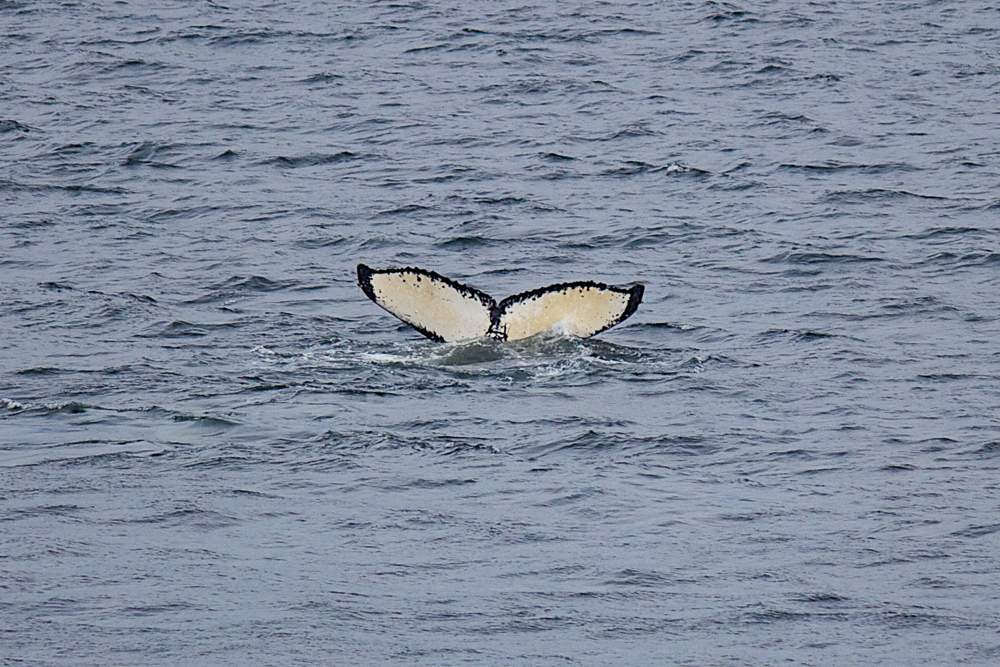
Even without wildlife in view, the scenery in this part of the world is always breathtaking.
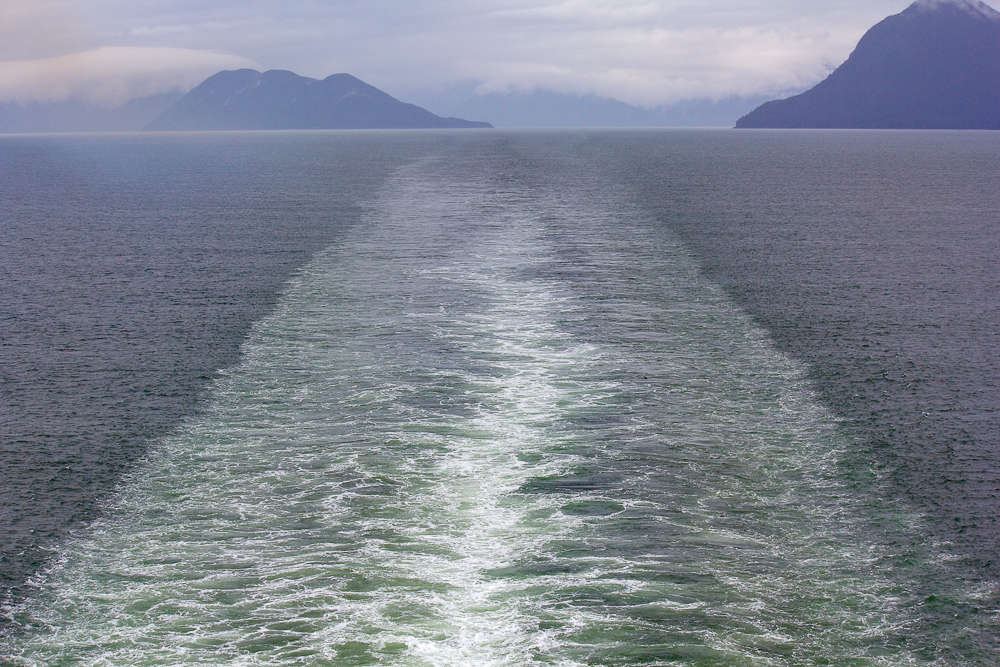

The next morning we woke to discover Ketchikan. This small town has several unique properties: In the late 19th century, a law was passed that the number of bars could not exceed the number of churches. This led to the common practice of having the pastor double as your bartender. 😉 Much of the city is built over the water on a raised platform, and this city is a major hub for salmon and other seafood processing. It also claims to be “the salmon capital of the world!”, as they have a spawning area right in the middle of town. We boarded a “duck tour” which is a bus that also floats and has a propeller in the back so your tour can drive through town, then right down into the water and back again. I enjoyed this tour quite a bit.

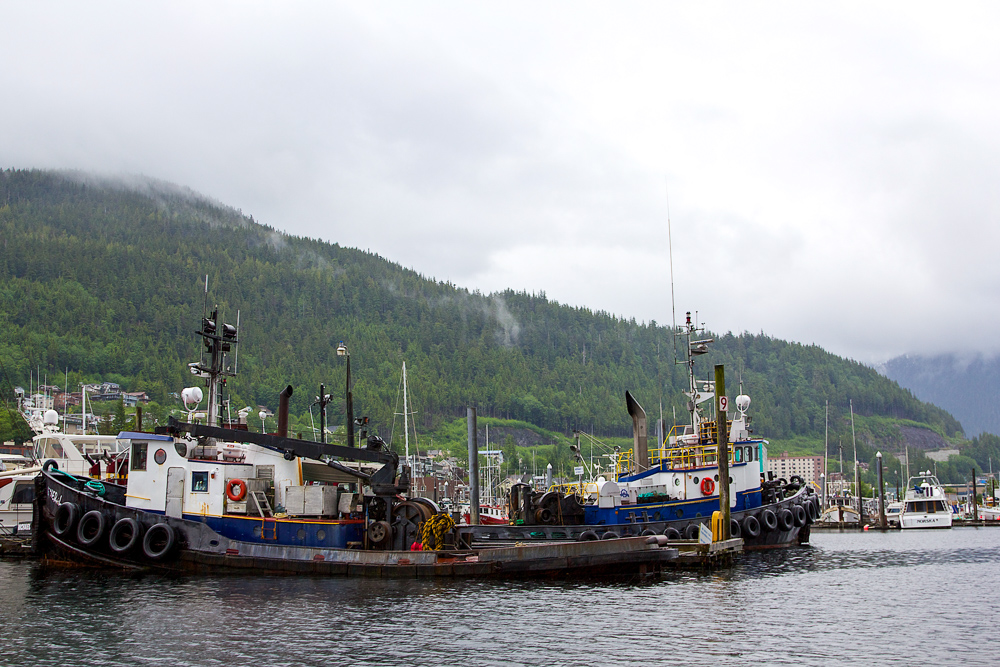
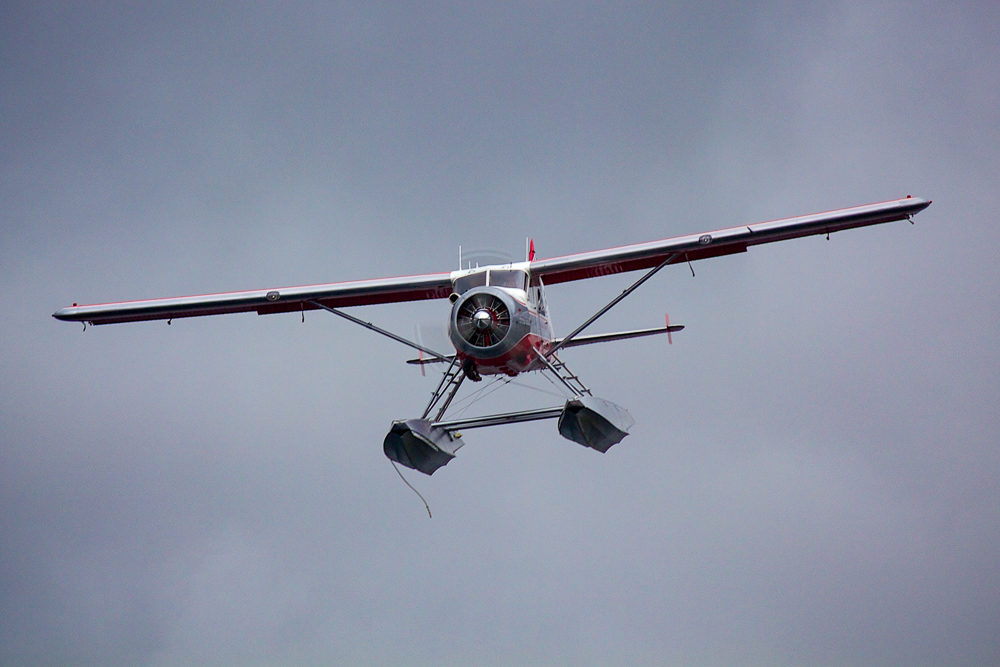
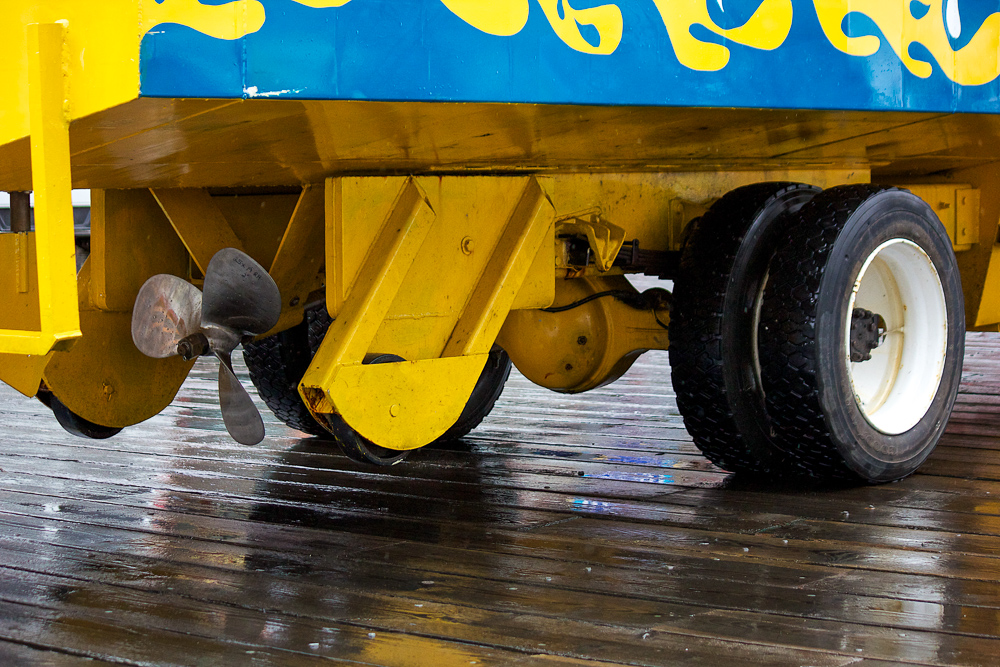
But my very favorite part of Ketchikan were the eagles. I had been trying to get a great shot of some bald eagles during the whole trip, but had not had any success, and this was our last stop before heading to Victoria and then docking back in Seattle. I lucked out, and during our duck tour we passed right by a bunch of eagles. The ones that do not have a white head are simply immature, and will have the white feathers grow in after they are about 5 years old.


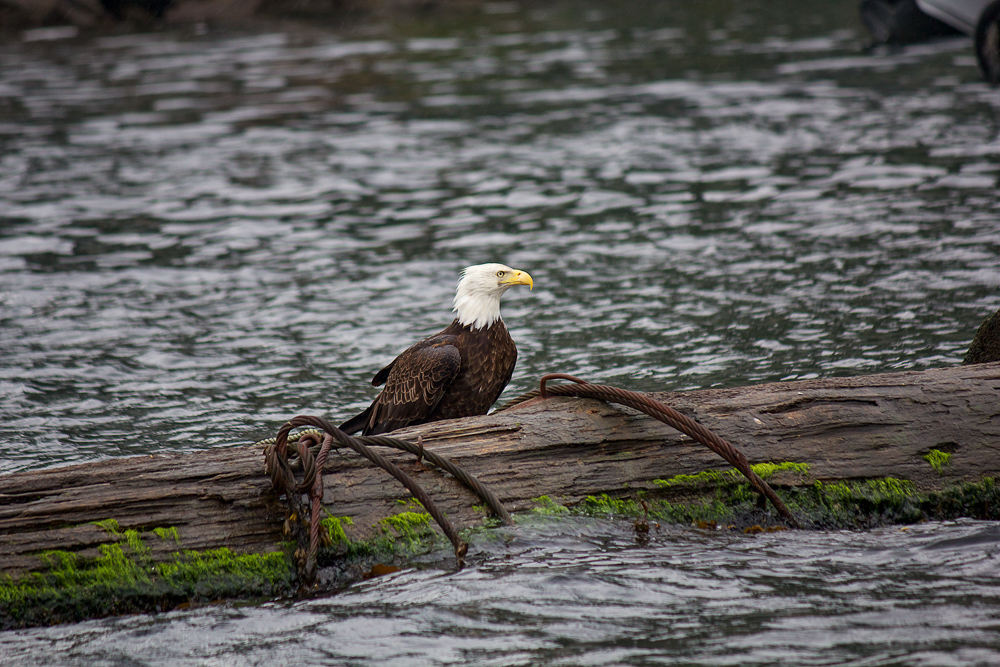
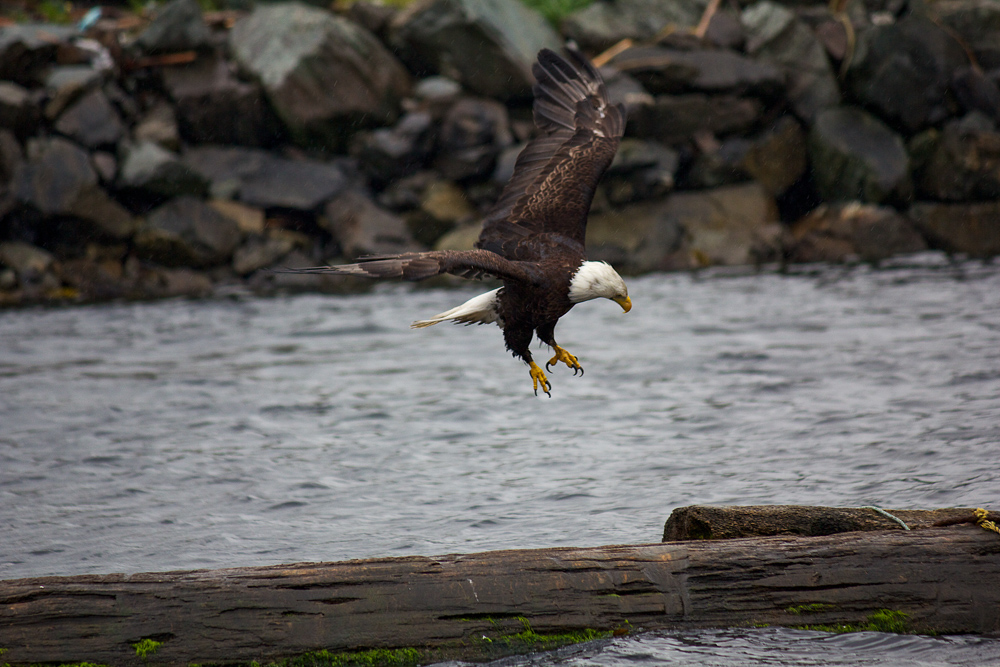
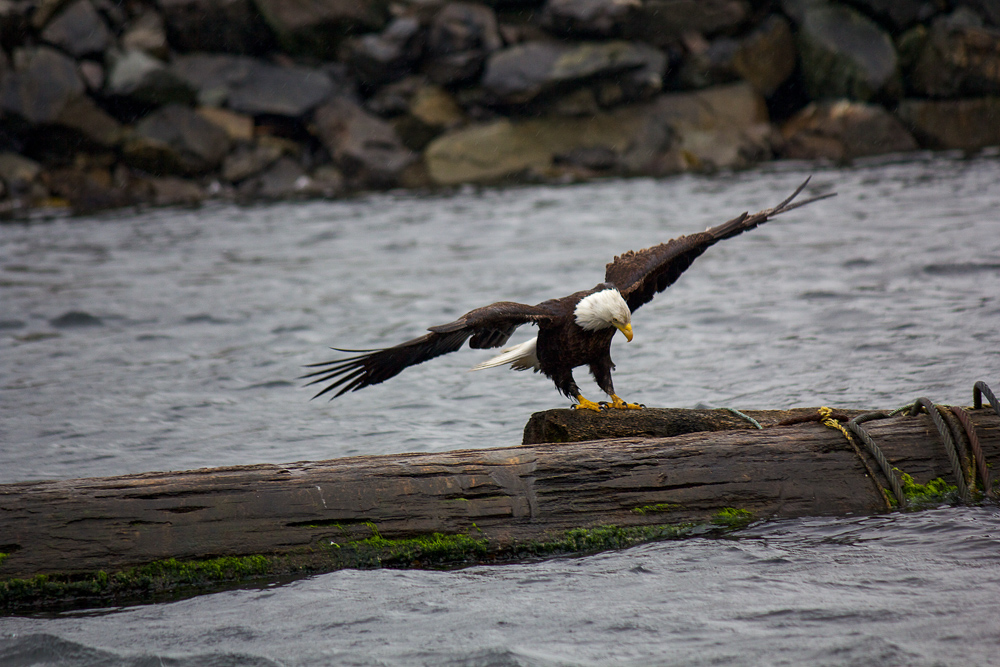
We also wandered around Ketchikan after our tour, and found a museum all about the rainforest in that part of Alaska, as well as the native tribes who still live and work there. Fascinating to learn about how they would carve canoes out of a single tree, prepare food for long-term storage, and cooperatively hunt for enough food to last the whole community all winter long. The rain continued to pour on us.
The next evening we pulled into the port in Victoria, BC, Canada. This was my first trip into Canada since I paddled a canoe from the Minnesota side of the boundary water lakes to the Canadian side when I was about 13 on a boy-scout trip, and I was excited to see what civilized Canada looks like. Unsurprisingly, it looks an awful lot like the US. Our tour guide kept telling us how Victoria is nearly indistinguishable from San Francisco in certain areas, as they hired the same architects, designers, and craftsmen to come north and build their city. I found it to be a pleasant town, and wished we could have spent a little more time there in the daylight. However, our tour took us to a famous landmark called Craigdarroch Castle (pronounced Craig-Derek). I’ll spare you the history of who built the castle and when, but it is around 120 years old, and very impressive from the outside. The interior has been used over the years as a military hospital, music school, home, and now a museum. Many sections of the interior are in need of repair, but the historical society that now manages the castle is doing a good job restoring it a room at a time. Our tour guide was an older gentleman who was very charming, brimming with lots of useless facts about his cherished little city.
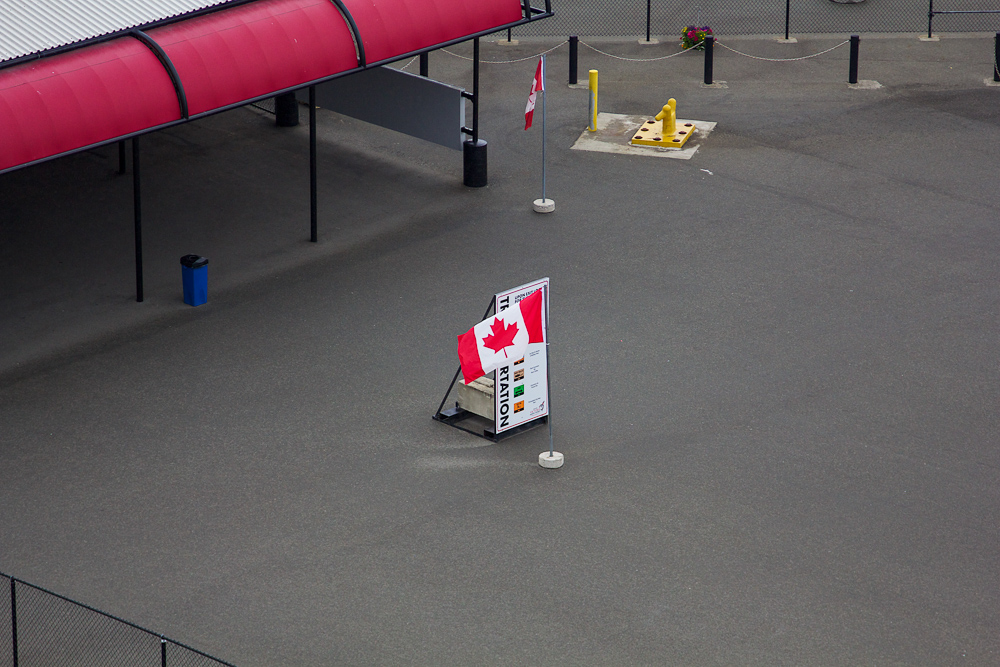
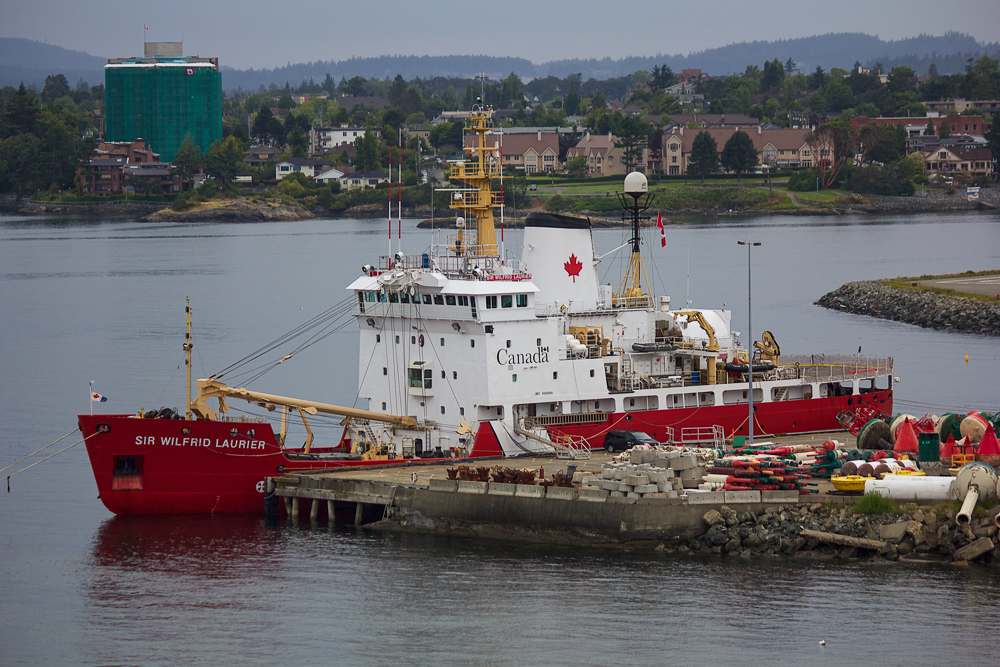


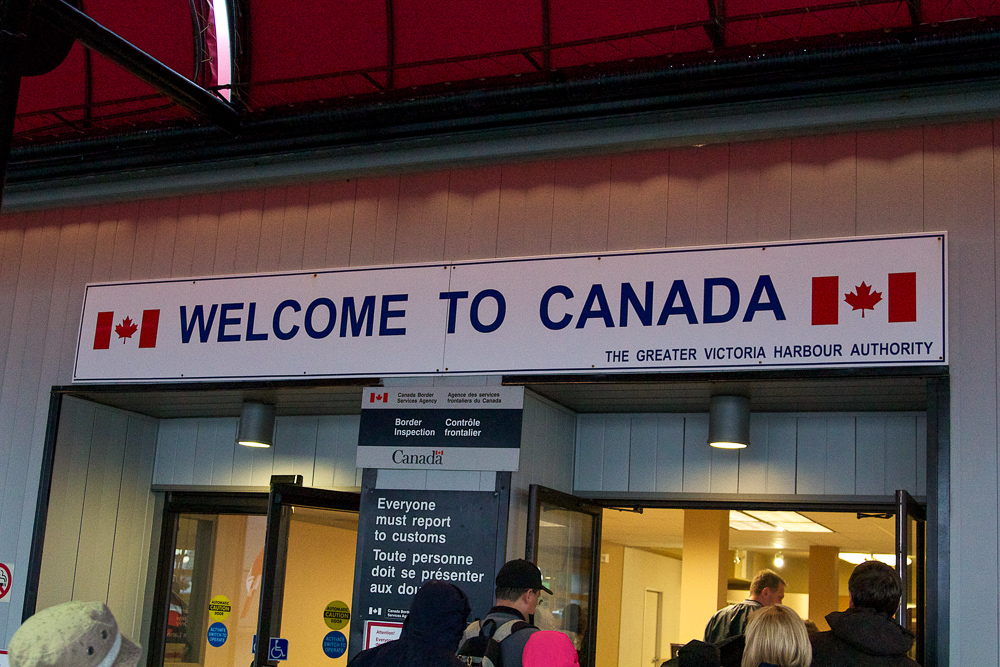
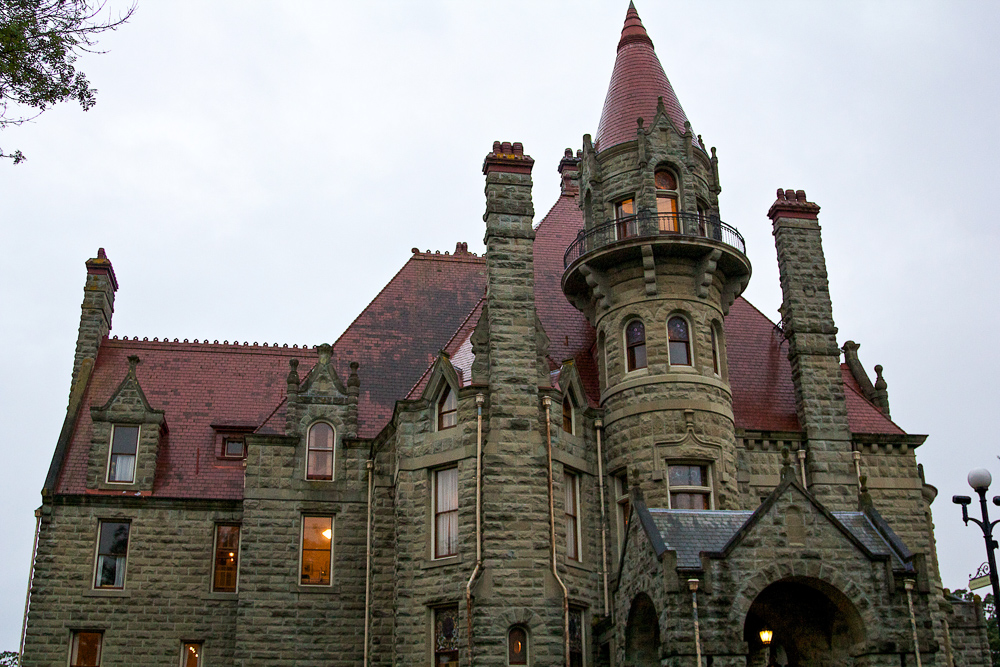
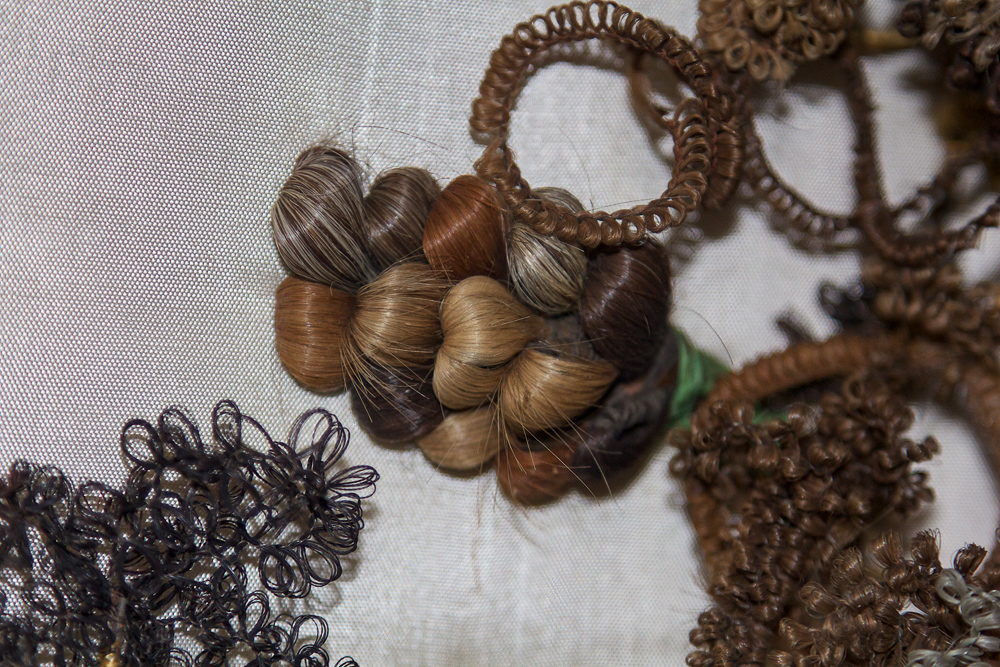
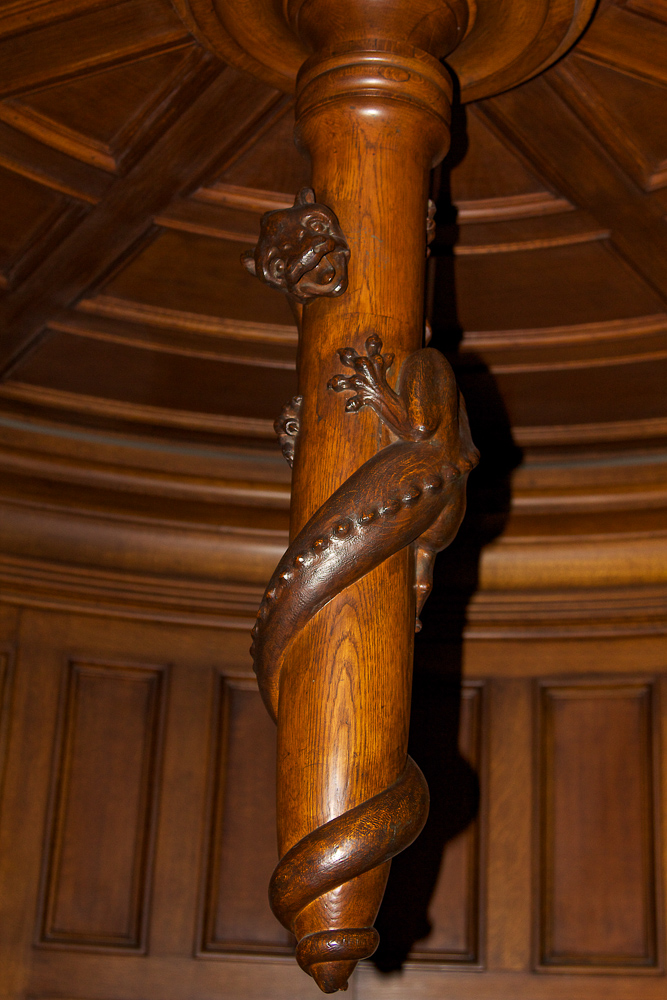

After the stop at the castle, the rain let up and we drove through the city down to the harbor where the bus stopped for a few minutes. I took a few shots of the harbor, and was very pleased with the results. All of these shots were captured through a lens that I bought from a guy on Craigslist a few months ago, only to discover that the lens was broken. I found where to order parts, and repaired it myself. It’s a great little wide-angle lens and produces nice results:
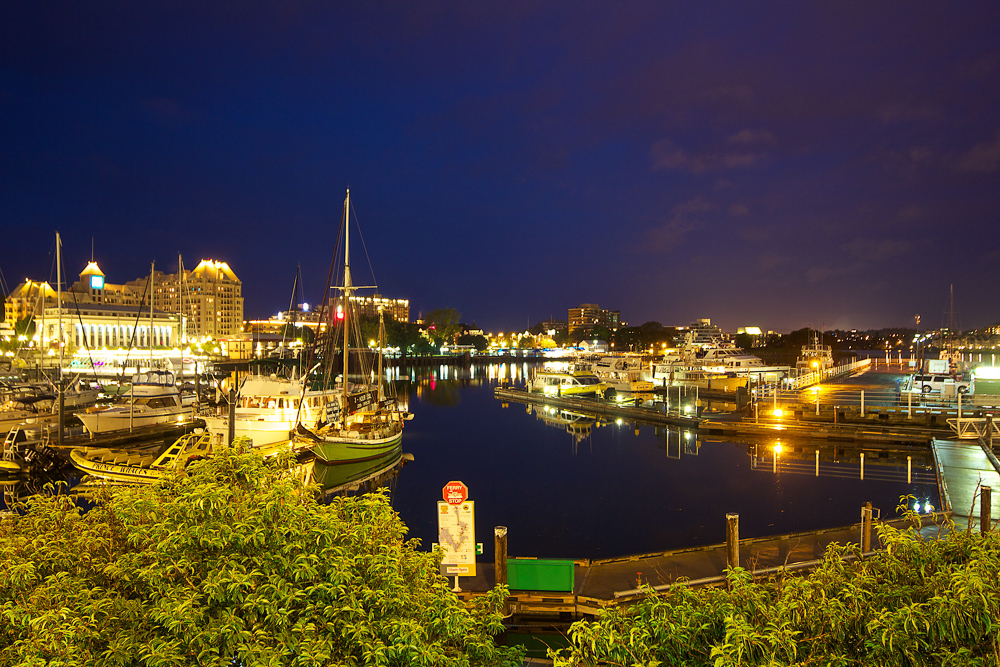
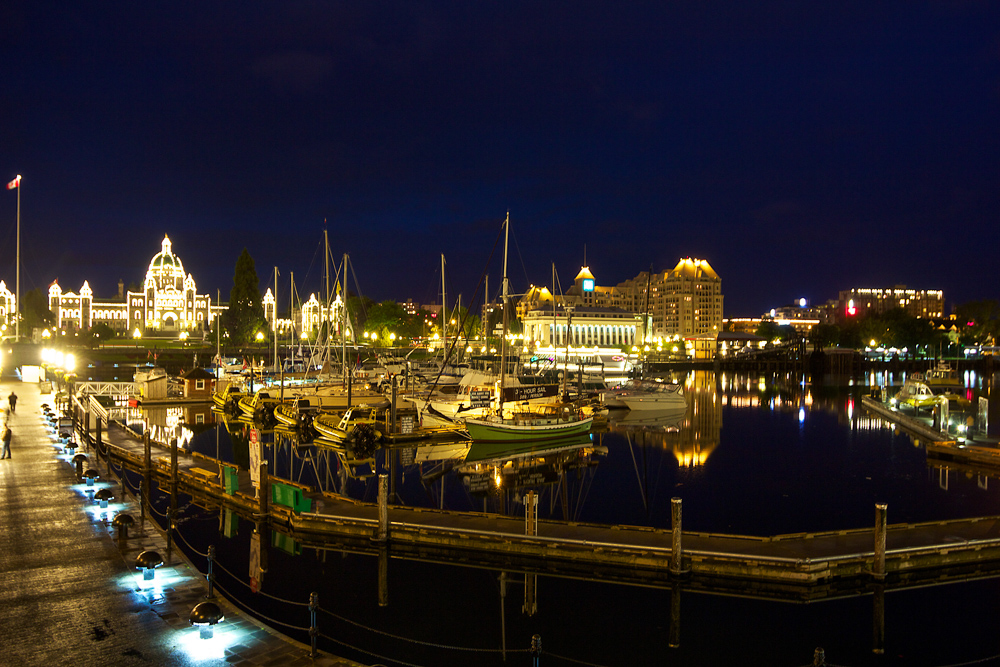
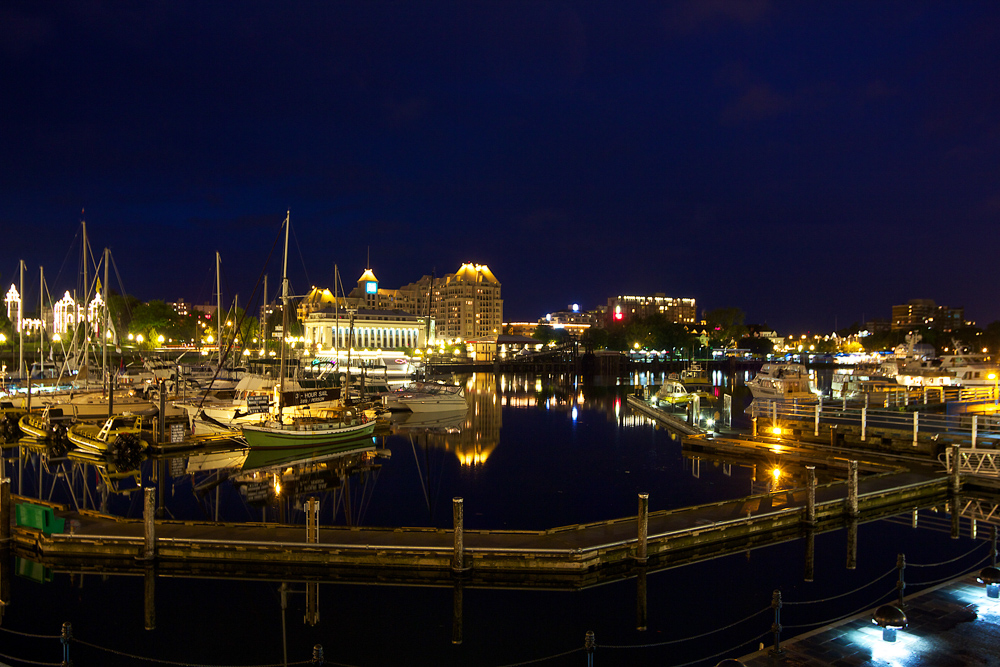
The bus dropped us back at the “customs office”, where we had to walk through the gift shop but didn’t even have to pull out our passports to get back on the ship. Canada is odd that way. Right before we hopped back on the ship, I ran across the parking lot and grabbed a few shots of our ship all lit up at night. Once aboard, we went up to the upper deck to capture a few more shots of this beautiful city before the boat pulled out a few minutes later.
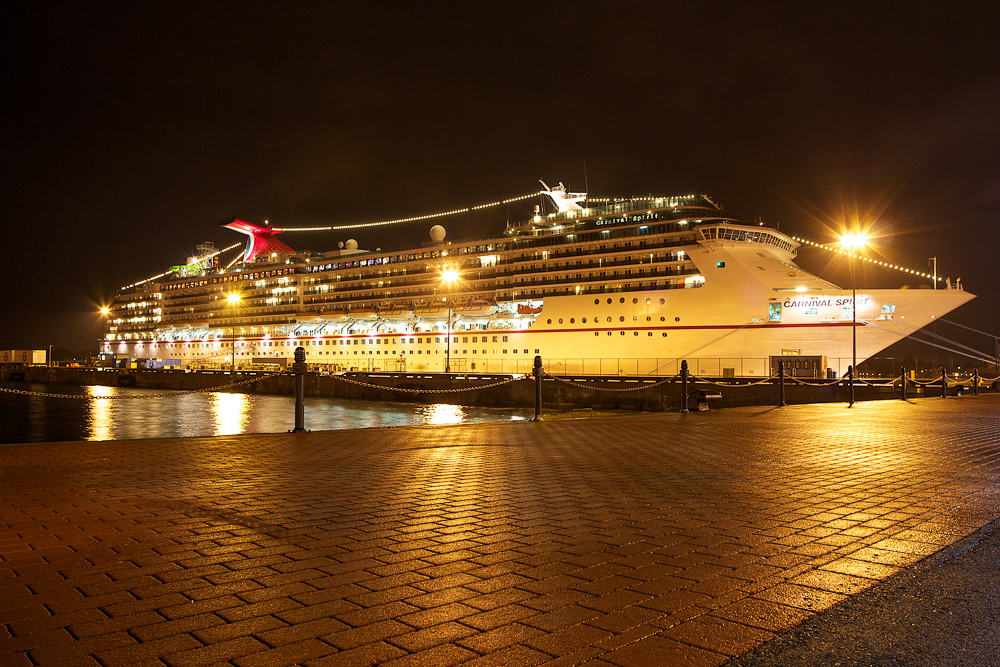
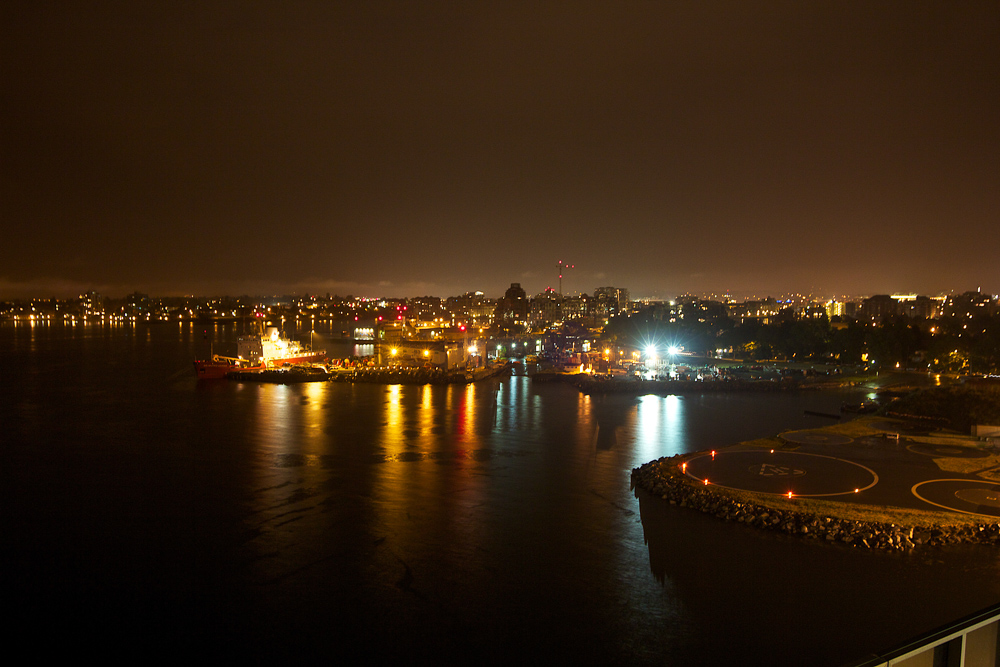
The next morning our alarm clock announced we had to get off the boat in Seattle. Though we found this to be depressing, we managed to drown our sorrows in enough breakfast to feed a small army before they closed the dining room on board.
In Seattle, we took time to go up to the top of the Space Needle and enjoy a rare clear view of the city, then took the elevated tram over to Pike Place market where some fish was thrown, some odd shops enjoyed, and a nasty chinese lunch was consumed. Then off to the airport with us and a quick flight home.
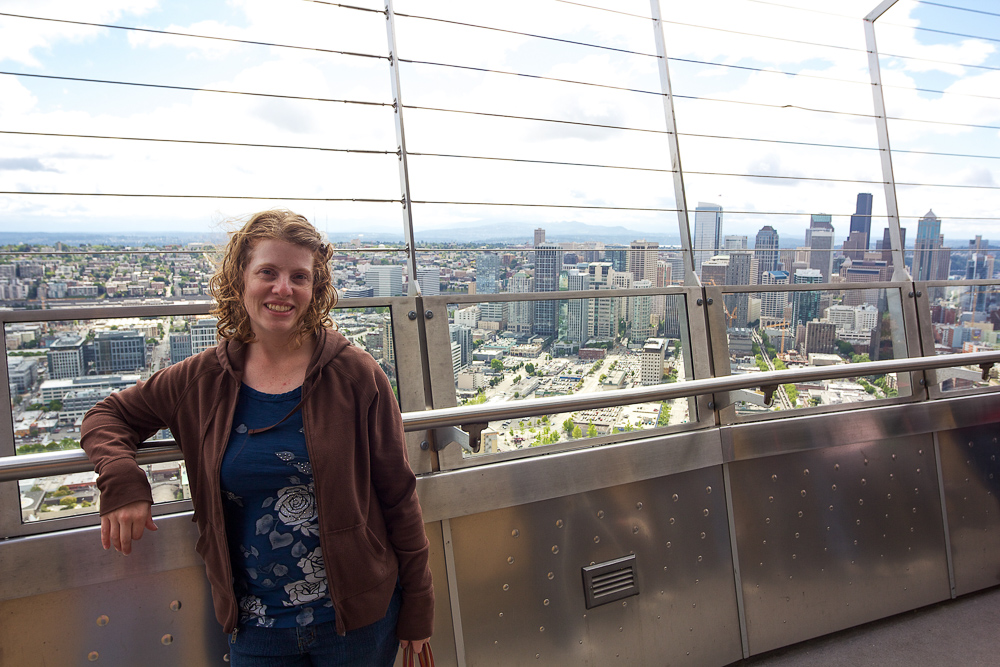
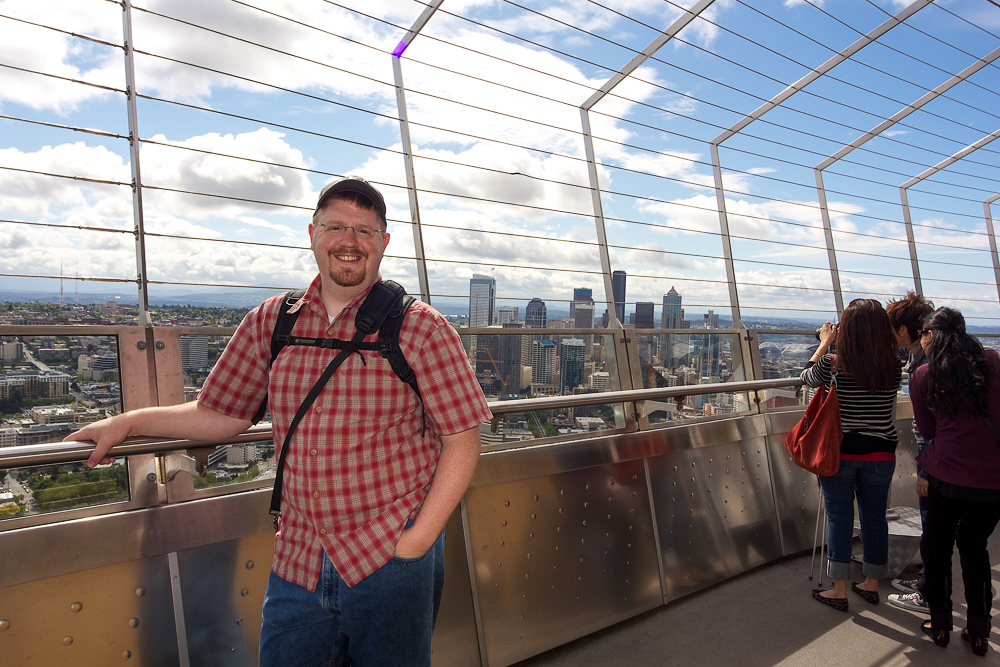
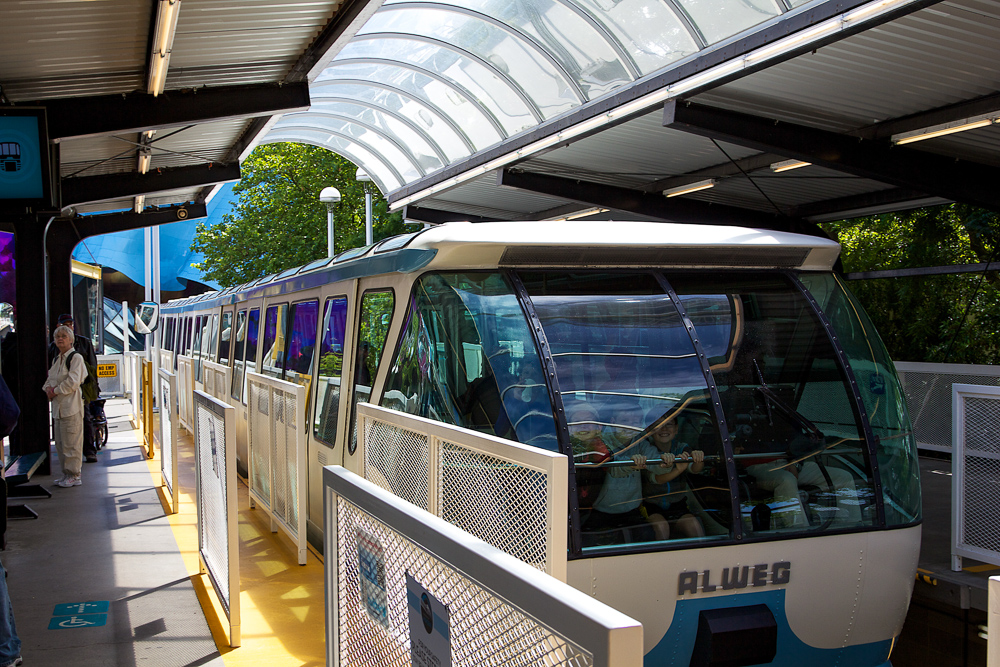
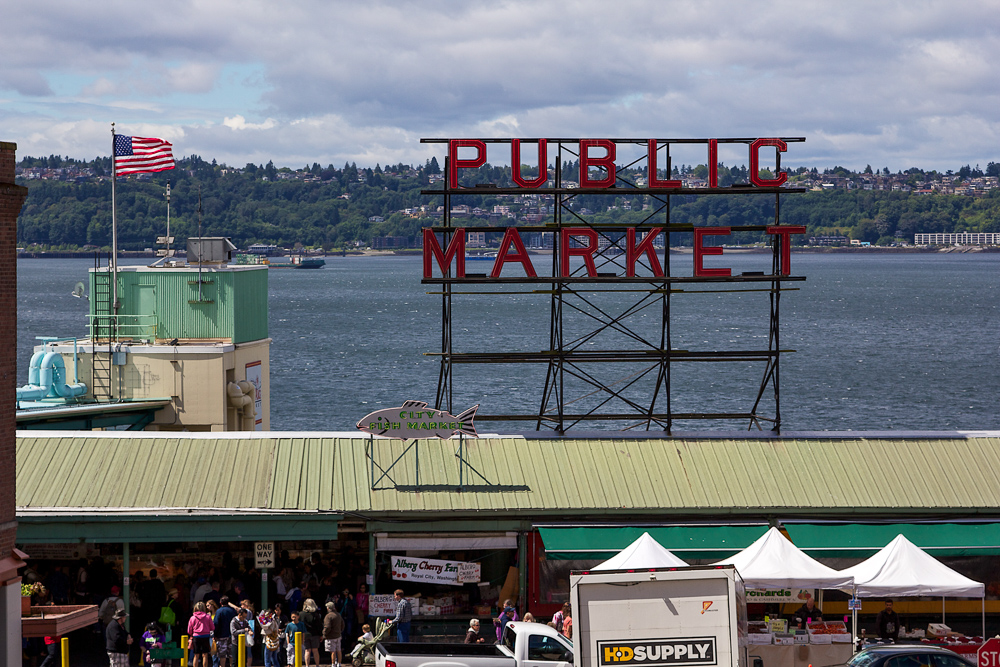
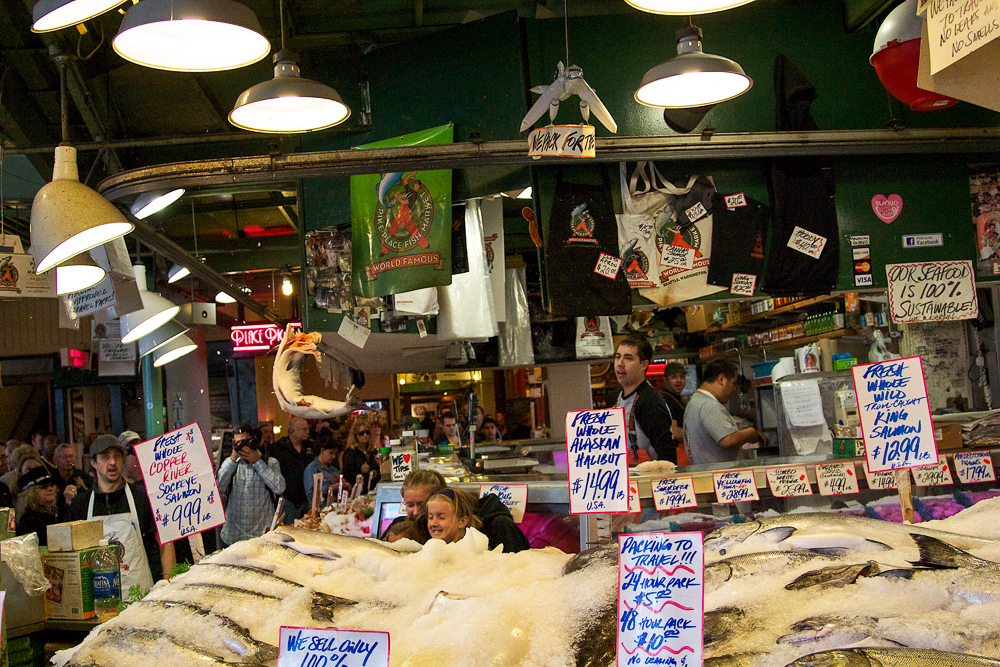
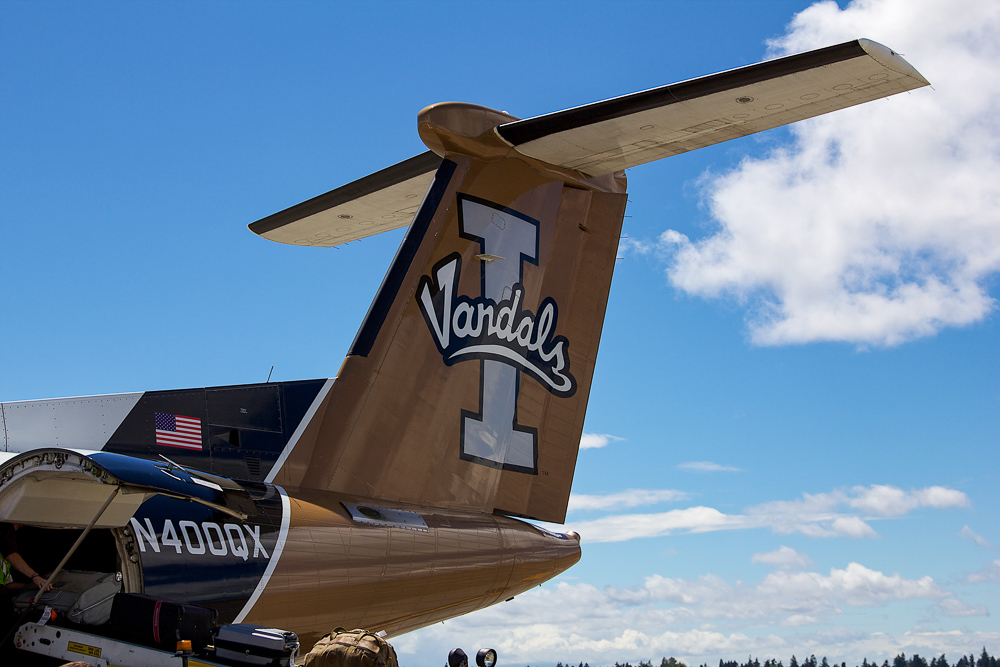
I loved this vacation. We saw amazing sights, enjoyed great food, spent time with most of Christine’s family, and didn’t feel rushed. If you ever get the chance to cruise Alaska, DO NOT let the opportunity pass you by.
If you want to see even MORE pictures (I kept a little over a thousand) you can check out our gallery here:
Click here to see our gallery!
Leave a Reply